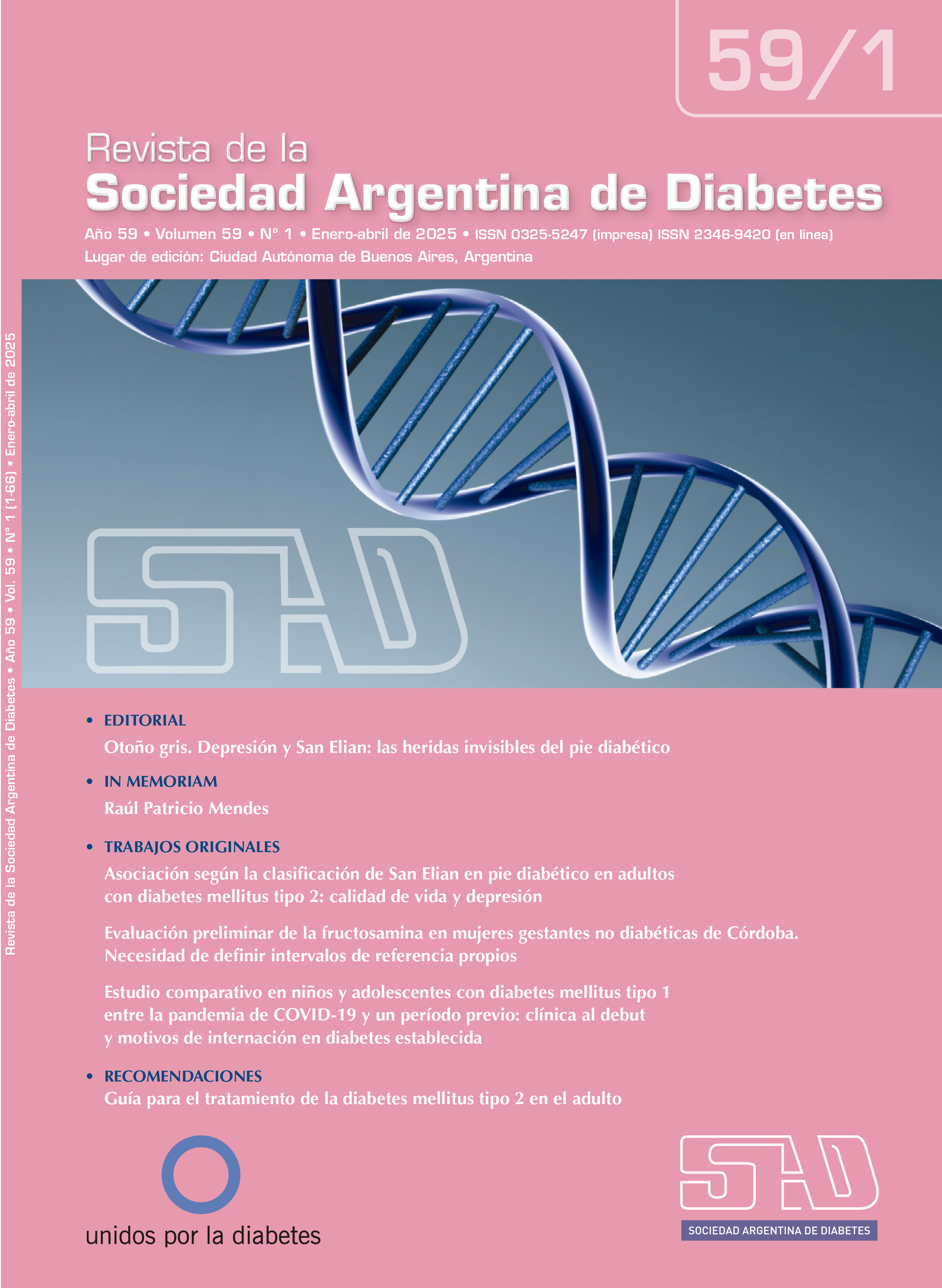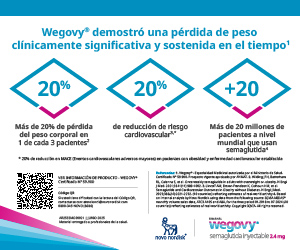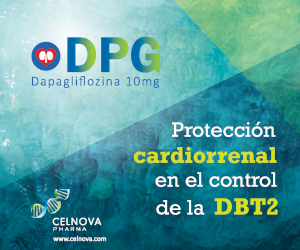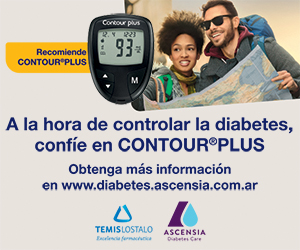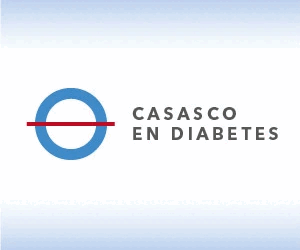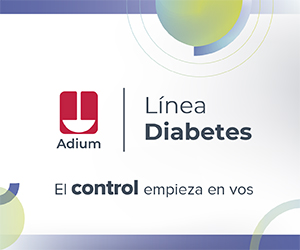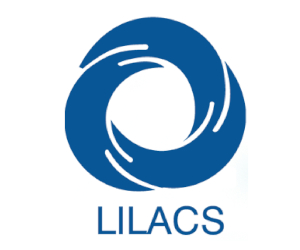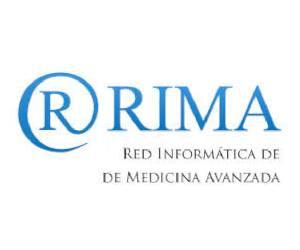Comparative study in type 1 diabetes child and adolescents between COVID-19 pandemic and previous period: clinical presentation and reasons for hospitalization in known diabetes in children and adolescents
DOI:
https://doi.org/10.47196/diab.v59i1.1166Keywords:
childhood diabetes, COVID-19 pandemic, diabetes ketoacidosis, debut, hospitalizationAbstract
Introduction: the pandemic caused by the SARS-CoV-2 virus has been devastating, particularly for vulnerable groups. It is important to know how the COVID-19 pandemic impacted the onset forms of type 1 diabetes (OT1D) and the acute complications of patients with a previous diagnosis of type 1 diabetes (PDT1D).
Objetives: to evaluate the clinical and metabolic characteristics associated with the pediatric patient with OT1D and hospitalization due to acute complications in patients with a PDT1D in the COVID19 pandemic period in the Hospital and compare it to the non-pandemic period.
Materials and methods: retrospective, observational study. Under 19 years old patients with type 1 diabetes (T1D), admitted at Hospital in the pre-pandemic period (from March 2018 to August 2019) and during the pandemic (from March 2020 to August 202) were included.
Results: A total of 231 inpatient diagnosed with T1D were analyzed, 135 in pre-pandemic and 96 in pandemic. The mean age was 10.8±3.9 years, the mean BMI 19±4.7; 57.6% were female. The most frequent hospitalization reason (HR) in pre-pandemic was diabetes ketoacidosis (DKA) episodes in PDT1D with 38.5% of total admissions and drops to 28.1% in pandemic. The most frequent HR in pandemic was OT1D in DKA with 40.6% of the total cases vs. 20.7% in pre-pandemic. When analyzing all the HR by OT1D vs PDT1D an increase in the first in pandemic 57/96 vs 53/135 was demonstrated (OR 2.3 95%CI 1.3-3.8; p=0.003). This remain stable when considering only the DKA: 39/67 OT1D in pandemic vs. 27/79 PDT1D (OR 2.6 95%CI 1.3-5.2; p=0.006).
Conclusions: The pandemic affected the prevalence of DKA in OT1D among pediatric patients. PDT1D patients presented better glycemic control and lower risk of hospitalizations. Efforts should be done to continuously raise awareness about diabetes in children and their families as well as the importance of seeking timely medical guidance.
References
I. Foster D, McGarry J. The metabolic derangements and treatment of diabetic ketoacidosis. N Engl J Med 1983; 309:159-169.
II. Kitabchi A, Umpierrez G, Miles J, Fisher J. Hyperglycemic crises in adult patients with diabetes. Diabetes Care 2009;32:1335-1343.
III. Dhatariya KK, Glaser NS, Codner E, Umpierrez GE. Diabetic ketoacidosis. Nat Rev Dis Primers 2020; 6:40.
IV. Palmer BF, Clegg DJ. Electrolyte and acid-base disturbances in patients with diabetes mellitus. N Engl J Med 2015; 373:548-559.
V. Cox K, Cocchi MN, Salciccioli JD, et al. Prevalence and significance of lactic acidosis in diabetic ketoacidosis. J Crit Care 2012; 27:132-137.
VI. Wolfsdorf JI, Glaser N, Agus M, et al. ISPAD Clinical Practice Consensus Guidelines 2018. Diabetic ketoacidosis and the hyperglycemic hyperosmolar state. Pediatr Diabetes. 2018;19 Suppl 27:155-177.
VII. Cariou B, Hadjadj S, Wargny M, et al; CORONADO investigators. Phenotypic characteristics and prognosis of inpatients with COVID-19 and diabetes: the CORONADO study. Diabetologia 2020; 63:1500-1515.
VIII. Feldstein LR, Rose EB, Horwitz SM, et al; Overcoming COVID-19 Investigators; CDC COVID-19 Response Team. Multisystem inflammatory syndrome in U.S. Children and adolescents. N Engl J Med 2020; 383:334-346.
IX. Kalyanaraman M, Anderson MR. COVID-19 in children. Pediatr Clin North Am 2022; 69:547-571.
X. Lazzerini M, Barbi E, Apicella A, et al. Delayed access or provision of care in Italy resulting from fear of COVID-19. Lancet Child Adolesc Health 2020;4:e10-e11.
XI. Baum A, Schwartz MD. Admissions to veterans affairs hospitals for emergency conditions during the COVID-19 pandemic. JAMA 2020;324:96-99.
XII. American Academy of Pediatrics and the Children’s Hospital Association. Children and COVID- 19: state data report. Disponible en: https://downloads.aap.org/AAP/PDF/AAP%20and%20CHA%20-%20Children%20and%20COVID-19%20State%20Data%20Report%207.30.20%20FINAL.pdf
XIII. Lawrence C, Seckold R, Smart C, et al. Increased paediatric presentations of severe diabetic ketoacidosis in an Australian tertiary centre during the COVID-19 pandemic. Diabet Med 2021;38:e14417
XIV. Loh C, Weihe P, Kuplin N, et al. Diabetic ketoacidosis in pediatric patients with type 1- and type 2 diabetes during the COVID-19 pandemic. Metabolism 2021;122:154842.
XV. Lynn RM, Avis JL, Lenton S, Amin-Chowdhury Z, Ladhani SN. Delayed access to care and late presentations in children during the COVID-19 pandemic: a snapshot survey of 4075 paediatricians in the UK and Ireland. Arch Dis Child 2021;106:e8.
XVI. Roland D, Harwood R, Bishop N, et aI. Children's emergency presentations during the COVID-19 pandemic. Lancet Child Adolesc Health 2020;4:e32-e33.
XVII. Boboc AA, Novac CN, Ilie MT et al. The impact of SARS-CoV-2 pandemic on the new cases of T1DM in children. A single-centre cohort study. J Pers Med 2021;11:551.
XVIII. Dżygało K, Nowaczyk J, Szwilling A, Kowalska A. Increased frequency of severe diabetic ketoacidosis at type 1 diabetes onset among children during COVID-19 pandemic lockdown: an observational cohort study. Pediatr Endocrinol Diabetes Metab 2020;26:167-175.
XIX. Zubkiewicz-Kucharska A, Seifert M, Stępkowski M, Noczyńska A. Diagnosis of type 1 diabetes during the SARS-CoV-2 pandemic: Does lockdown affect the incidence and clinical status of patients? Adv Clin Exp Med 2021;30:127-134.
XX. Danne T, Lanzinger S, de Bock M, Rhodes ET et al. A worldwide perspective on COVID-19 and diabetes management in 22,820 children from the SWEET project: diabetic ketoacidosis rates increase and glycemic control is maintained. Diabetes Technol Ther 2021;23:632-641.
XXI. Di Dalmazi G, Maltoni G, Bongiorno C, et al. Comparison of the effects of lockdown due to COVID-19 on glucose patterns among children, adolescents, and adults with type 1 diabetes: CGM study. BMJ Open Diabetes Res Care 2020; 8:e001664.
XXII. Albañil Ballesteros MR. Pediatría y COVID-19. Rev Pediatr Aten Primaria 2020; 22:125-128.
XXIII. McGlacken-Byrne SM, Drew SEV, Turner K, et al. The SARS-CoV-2 pandemic is associated with increased severity of presentation of childhood onset type 1 diabetes mellitus. A multi-centre study of the first COVID-19 wave. Diabet Med 2021; 38:e14640.
XXIV. Lawrence C, Seckold R, Smart C, et al. Increased paediatric presentations of severe diabetic ketoacidosis in an Australian tertiary centre during the COVID-19 pandemic. Diabet Med 2021 Jan;38:e14417.
XXV. Danne T, Limbert C. COVID-19, type 1 diabetes, and technology: why paediatric patients are leading the way. Lancet Diabetes Endocrinol 2020;8:465-467.
XXVI. Fernández E, Cortázar A, Bellido V. Impact of COVID-19 lockdown on glycemic control in patients with type 1 diabetes. Diabetes Res Clin Pract 2020;166:108348.
XXVII. Christoforidis A, Kavoura E, Nemtsa A, et al. Coronavirus lockdown effect on type 1 diabetes management οn children wearing insulin pump equipped with continuous glucose monitoring system. Diabetes Res Clin Pract 2020;166:108307.
XXVIII. De Angelis R, Lupoli R, Masulli M, et al. Blood glucose control during lockdown for COVID-19: CGM metrics in Italian adults with type 1 diabetes. Diabetes Care 2020;43:e88-e89.
XXIX. Minuto N, Bassi M, Montobbio C, et al. The effect of lockdown and physical activity on glycemic control in Italian children and young patients with type 1 diabetes. Front Endocrinol (Lausanne) 2021;12:690222.
XXX. Tornese G, Ceconi V, Monasta L, et al. Glycemic control in type 1 diabetes mellitus during COVID-19 quarantine and the role of in-home physical activity. Diabetes Technol Ther 2020;22:462-467.
XXXI. Usher-Smith JA, Thompson MJ, Sharp SJ, Walter FM. Factors associated with the presence of diabetic ketoacidosis at the time of diabetes diagnosis in children and young adults: a systematic review. BMJ. 2011;343:d4092.
XXXII. Sánchez-Conejero M, González de Buitrago Amigo J, Tejado Bravo ML, de Nicolás Jiménez JM. Impact of COVID-19 lockdown on glucemic control in children and adolescents with type 1 diabetes mellitus. An Pediatr (Engl Ed) 2021;97:22-29.
XXXIII. Predieri B, Leo F, Candia F, et al. Glycemic control improvement in Italian children and adolescents with type 1 diabetes followed through telemedicine during lockdown due to the COVID-19 pandemic. Front Endocrinol (Lausanne) 2020;11:595735.
XXXIV. Di Dalmazi G, Maltoni G, Bongiorno C, et al. Comparison of the effects of lockdown due to COVID-19 on glucose patterns among children, adolescents, and adults with type 1 diabetes: CGM study. BMJ Open Diabetes Res Care 2020;8:e001664.
Downloads
Published
Issue
Section
License
Copyright (c) 2025 on behalf of the authors. Reproduction rights: Argentine Society of Diabetes

This work is licensed under a Creative Commons Attribution-NonCommercial-NoDerivatives 4.0 International License.
Dirección Nacional de Derecho de Autor, Exp. N° 5.333.129. Instituto Nacional de la Propiedad Industrial, Marca «Revista de la Sociedad Argentina de Diabetes - Asociación Civil» N° de concesión 2.605.405 y N° de disposición 1.404/13.
La Revista de la SAD está licenciada bajo Licencia Creative Commons Atribución – No Comercial – Sin Obra Derivada 4.0 Internacional.
Por otra parte, la Revista SAD permite que los autores mantengan los derechos de autor sin restricciones.



